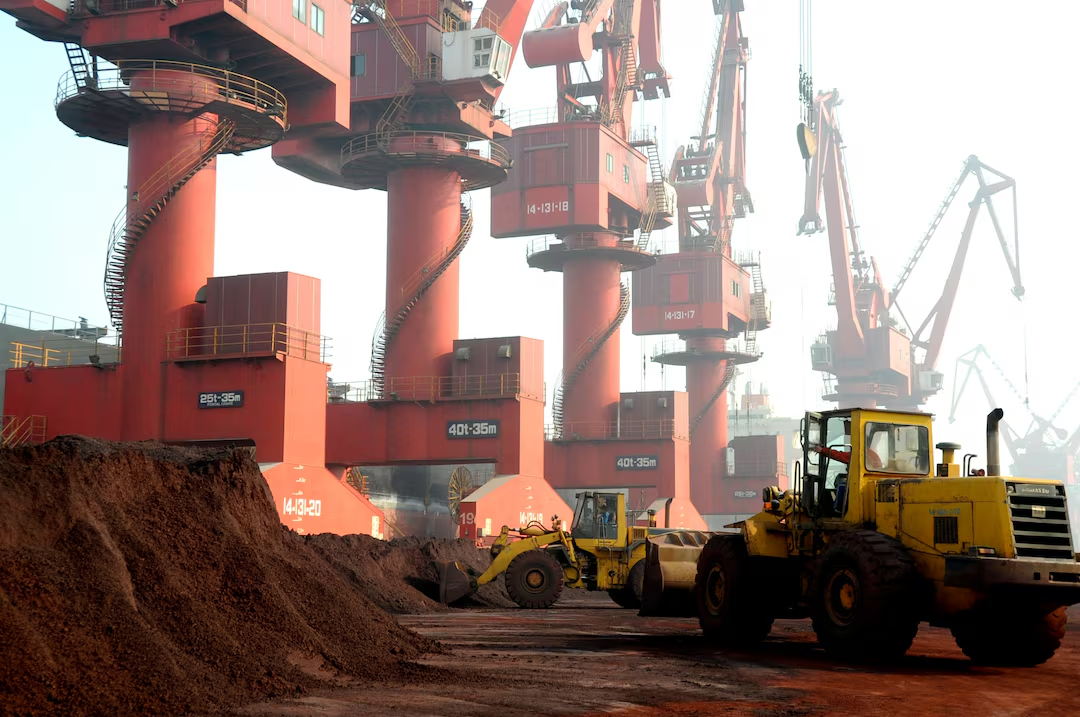Now Reading: China Signals Openness to Grant Rare Earth Licences to Indian Auto Parts Suppliers
-
01
China Signals Openness to Grant Rare Earth Licences to Indian Auto Parts Suppliers
China Signals Openness to Grant Rare Earth Licences to Indian Auto Parts Suppliers

In a significant shift, China has shown willingness to allow Indian auto parts manufacturers to apply for rare earth export licences. This move could ease longstanding concerns in India’s auto and electronics sectors, which depend heavily on Chinese rare earth materials for production. The development is being closely watched by Tier 2 city industries, which are increasingly becoming key contributors to India’s manufacturing growth.
Why Rare Earths Matter
Rare earth elements are critical in the production of electric vehicles, batteries, magnets, and various electronic components. China currently dominates the global supply chain of these materials. For India, gaining access to a stable rare earth supply is vital for the auto industry’s expansion, especially in the context of rising electric vehicle demand and local manufacturing goals.
A Boost for Indian Manufacturers
China’s openness to grant licences marks a rare diplomatic and economic opening. Indian manufacturers, especially small and medium enterprises in cities like Pune, Coimbatore, and Rajkot, could benefit if barriers to importing rare earth materials are eased. Many of these businesses have struggled with rising costs and supply shortages, which have affected production timelines.
Strategic Implications for India
The development also carries broader implications. India has been trying to reduce dependence on China in strategic sectors. While this move does not change trade dependency overnight, it may offer temporary relief to the auto sector as India develops its own rare earth resources and diversifies import partners.
Tier 2 Cities and MSMEs in Focus
In India’s Tier 2 cities, a growing number of auto parts makers serve both domestic and global markets. Access to rare earth materials would help these businesses remain competitive and scale up operations. For regions where industrial clusters are key employment hubs, this could mean more jobs and economic activity.
Challenges Still Remain
While the gesture from China is promising, the licensing process is expected to be strict and possibly selective. Experts warn that Indian firms must be prepared to comply with Chinese regulations and possible delays in approvals. Moreover, India must continue investing in alternative sources and recycling technologies to reduce long-term dependency.
Conclusion
China’s readiness to grant rare earth licences to Indian suppliers offers a short-term win for India’s auto and electronics sectors. While challenges remain, the move brings cautious optimism, especially for small manufacturers in non-metro cities. For India’s growing industrial ecosystem, securing critical materials is essential not just for survival, but for long-term global competitiveness.





















